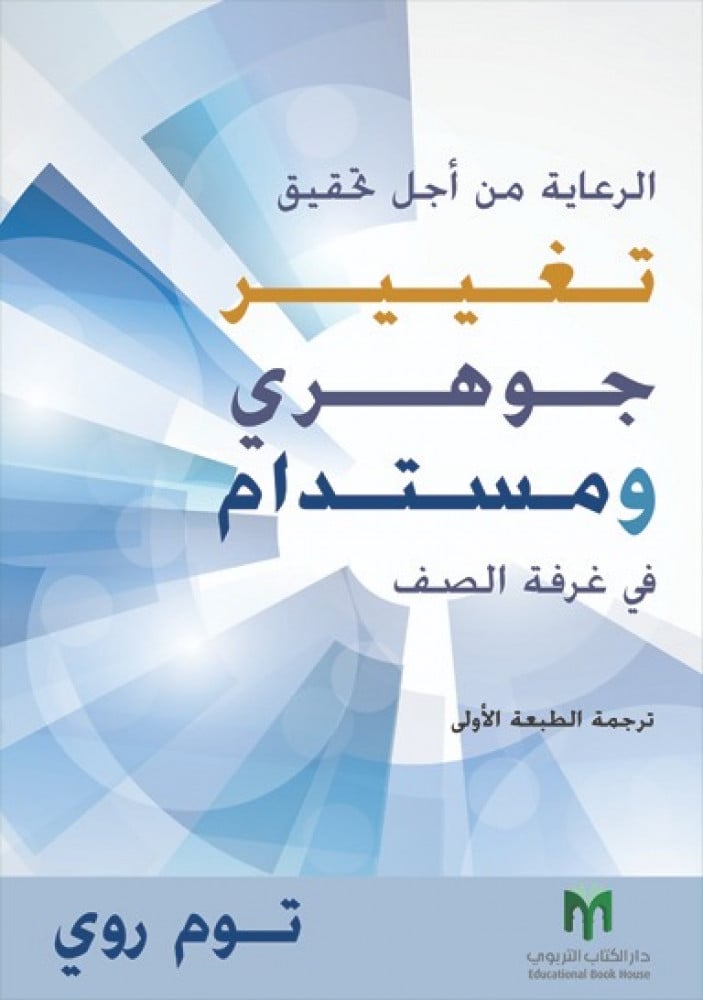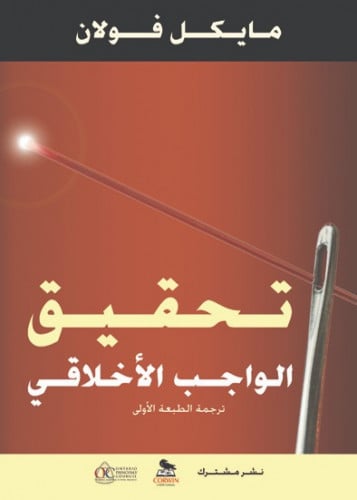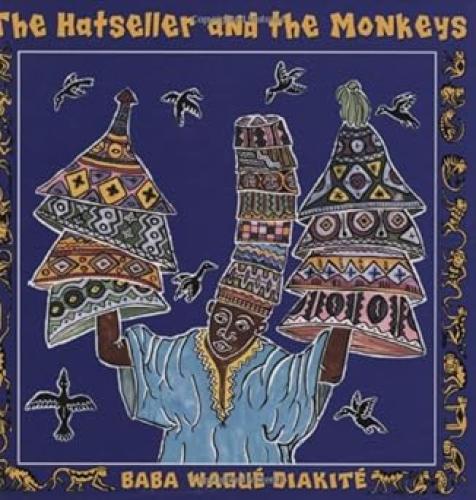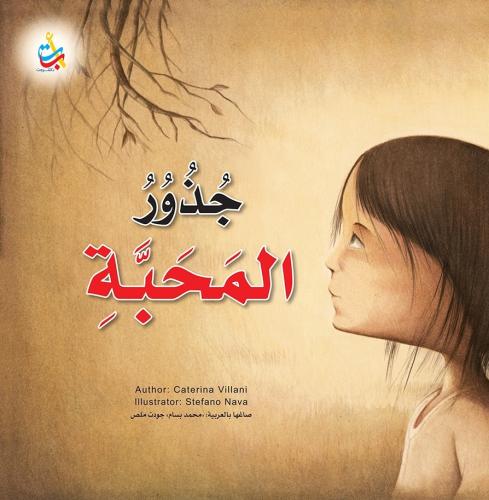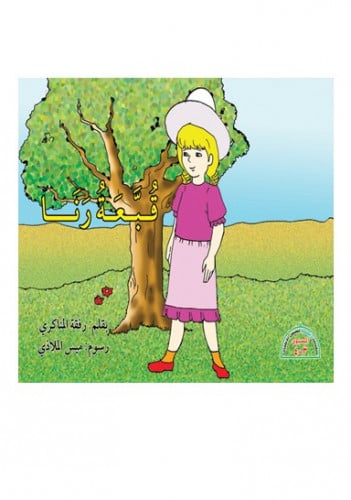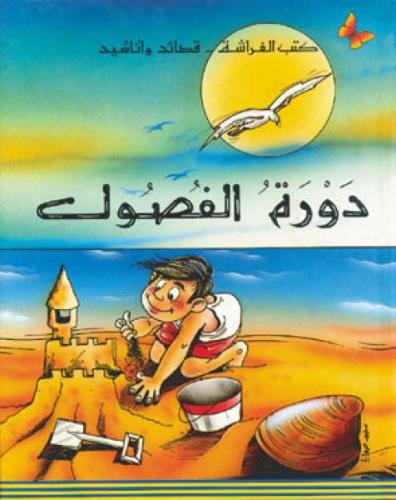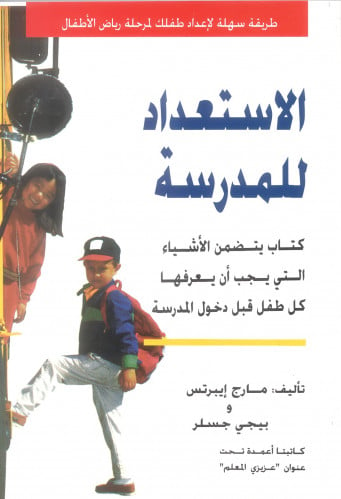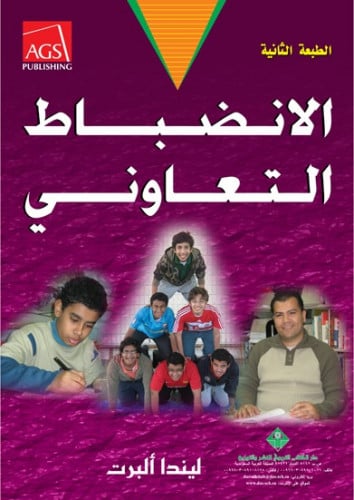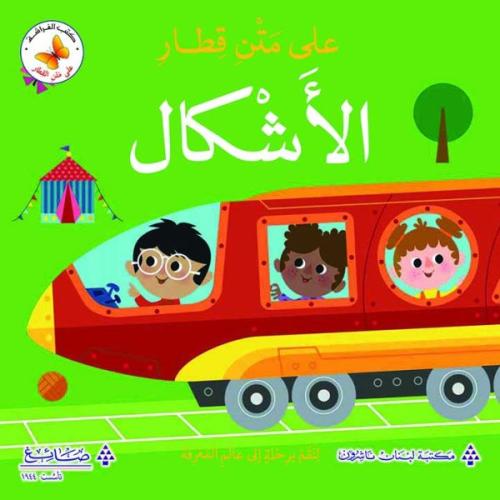AVAILABLE IN ARABIC
SBN: 9786038147733
Author: TOM ROY
Publisher: Educational Book House
Publish Year: 2022
Size: 17x24cm
Pages number: 178
About This Book
Keeping educators' skills sharp in a constantly changing world can be a challenge. But instructional coaching provides a focused, one-on-one plan for improving professional practice and teacher performance. In Coaching for Significant and Sustained Change in the Classroom, author Tom Roy shows coaches and administrators how to build strong solution-focused coaching programs and create positive change using a five-step instructional coaching model.
Move beyond teacher evaluations and classroom observations to establish a defined coaching program:
- Understand that changes in instructional practices are needed to overcome the challenges today's teachers face.
- Learn what successful instructional coaching looks like and why coaching is the solution to getting effective professional development in the classroom.
- Study the five steps of the coaching cycle for teachers, and explore time-proven coaching methods and strategies.
- Measure the effectiveness of your current program by reviewing the elements of instructional coach training programs that lead to increased teacher performance and student success.
- Receive tools and forms to help guide the coaching cycle, including teacher reflection, support, and peer coaching, as well as respond to professional development needs.
Table Of Content
About the Author
Introduction
How to Use This Book
CHAPTER 1
Coaching and Change in Education
Change Is a Constant in Education
Changes in Instructional Practices
Are Needed
Change Is Hard
Coaching Is the Solution
What Coaching Looks Like
Model of Instruction
Universal Coaching
The Coaching Cycle
Summary
CHAPTER 2
The Coaching Cycle
Establishing a Baseline
Observation
Teacher Reflection
Teacher Evaluation Documents
Student Data
Setting a Goal
Selecting a Focus
Defining the Desired Behavior
Setting a Time Frame
Planning
Practicing
Assessing and Celebrating Growth
Teacher Evidence
Student Evidence
Celebration
Summary
CHAPTER 3
Methods and Techniques
Observational Methods
Observing Efficiently
Creating a Record
Using Technology to Your Advantage
Conferencing Skills
Preparation
Communication Strategies
Responses to Common Challenges
Professional Support Techniques
Modeling and Demonstration
Visitation
Active Coaching
Co-Teaching
Methods for Measuring Change
Strategies for Celebrating Success
Verbal Praise
Public Acknowledgement
Personalized Recognition
Summary
CHAPTER 4
School and District Models
Getting Off the Ground
Setting Effective Goals
Defining a Model of Instruction
Defining the Coach’s Role
Communicating With Stakeholders
Selecting a Viable Coaching Model. 71
Instructional Coaching
Curricular Coaching
Program Coaching
Peer Coaching
Emulating Successful Programs
Time in Classrooms
Support From Staff
Program Assessment
Distinction Between Coaching and Supervision
Summary
CHAPTER 5
Peer Coaching
Fundamentals of Peer Coaching
The Peer Coaching Model
Advance Training
Partner Selection
Modifications to the Coaching Cycle
Lessons From the Field
Summary
CHAPTER 6
Program Supervision and Leadership
Documenting the Program
Allocating Resources
Financial Resources
Coaching Schedules
Securing and Training Coaches
Providing Support
Leadership and Guidance
Conflict Resolution
Evaluating the Program
Evaluating Coaches
Evaluating the Program as a Whole
Reporting
Summary
Epilogue
Appendix
References and Resources
Index
About the Authors
TOM ROY:

Tom Roy, PhD, works with schools and districts on methods to improve student learning, assessment, and school leadership. He has also worked with schools and nonprofit organizations nationally and internationally on issues of leadership, coaching, curriculum, assessment, and organizational effectiveness.
A lifelong educator, Dr. Roy has served as a science and mathematics teacher and coach in elementary, middle, and high schools. As a school administrator, his experiences include guiding districtwide curriculum and instruction. He was a superintendent for twelve years, and he taught college for twelve years. Dr. Roy worked in Papua New Guinea to develop a science curriculum that has been delivered via radio to remote areas.
Dr. Roy has expertise in teaching for understanding, student assessment, and coaching teachers and administrators. He uses The New Art and Science of Teaching and other models of instruction as a vehicle for teacher improvement in both coaching and evaluation. Dr. Roy has delivered long-term professional development services in inner-city schools with School Improvement Grants. His contributions to books include proof illustrations for Excursions in Historical Geology and text for Coaching Classroom Instruction.
He holds an associate of applied science in chemistry technology (Corning College), a bachelor of science (State University of New York at Plattsburgh), a master of science in Education (Elmira College), and a doctorate in Curriculum and Instruction (Boston College).

